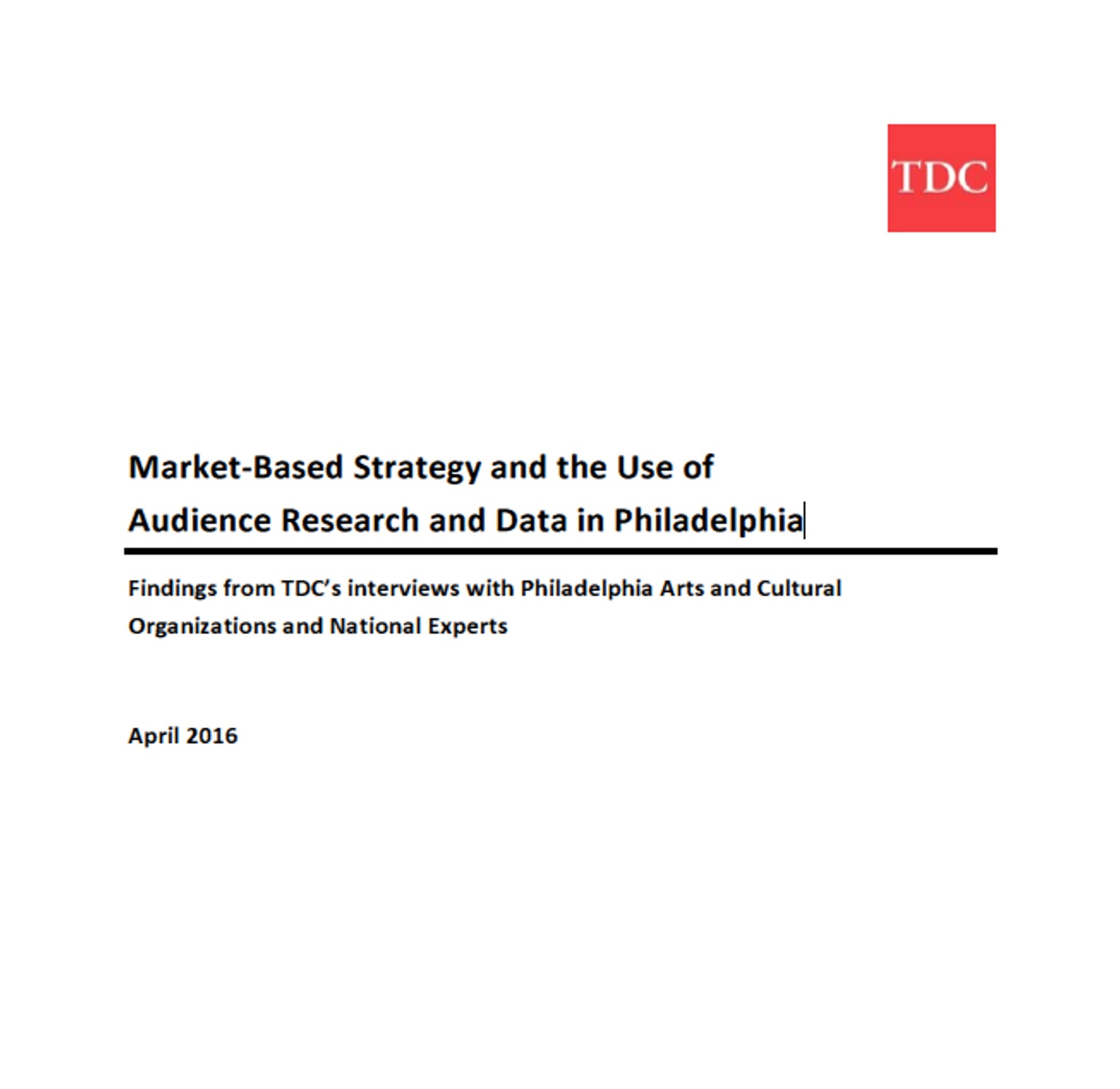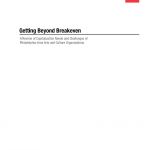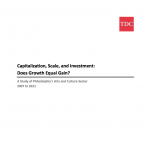Market-Based Strategy and the Use of Audience Research and Data in Philadelphia
The traditional arts and culture business model is based on a long history of patronage. A relatively small group of patrons heavily frequented cultural institutions and provided the significant majority of earned and contributed revenue. Occasional attendees and ticket buyers were valued, but not crucial. In this closed system, focused and relatively inexpensive marketing techniques were highly effective.
Today, the market for arts and cultural organizations is undergoing three major transitions. Nationwide, there is a “climate” change in audience behavior. Audiences are shifting their fundamental buying patterns. Long-term patrons are aging and leaving organizations. The occasional attendees and single ticket buyers who are replacing them are more transactional – they generally consume fewer events, exhibit lower retention rates, and donate less (if at all).
As a result of this “churn,” arts and cultural organizations are experiencing a confounding problem. The number of unique audience members attending arts and cultural organizations is increasing, while overall attendance and ticket sales are declining. This trend is accelerating as traditional patrons age and the costs of acquiring customers are rising in step. Different parts of the sector experience these trends in different ways – they are most pronounced for performing arts groups whose business models are built around the subscription model. For these organizations, maintaining ticket sales is becoming a victory.
As organizations contend with these disruptive trends, they also face shifting demographics and increased competition. The number of arts and cultural organizations increased, while at the same time arts audiences are more omnivorous, consuming multiple forms of culture and broadly defining cultural experiences. Although organizations agree on the overwhelming benefit of engaging a larger and wider audience, they are struggling to adapt their strategies and business models.
The William Penn Foundation and TDC’s 2014 study Capitalization, Scale, and Investment: Does Growth Equal Gain? documented the effects of these trends in Philadelphia. Attendance growth is not keeping pace with population growth (2.2%). Overall increases in earned revenue reflect increases in ticket and admission prices rather than actual attendance increases. Paid attendance decreased 1% from 2007 to 2011, while unpaid attendees increased 5%. Performing arts organizations fared slightly better and experienced 2.8% growth in paid audiences versus a 5% decline for museums.
Philadelphia’s organizations recognize that these trends spell a coming “adapt-or-die moment,” and are attempting to respond. However, organizations are uncertain of how to proactively advance their programmatic and marketing strategies based on these new realities. Arts and cultural leaders require new information and new strategies to understand and attract the audience levels required to sustain their organizations. In TDC’s research for Capitalization, Scale, and Investment: Does Growth Equal Gain? and own practice, we observe a limited use of audience data and research to help craft intelligent solutions to this changing environment.
Published: July 2016



